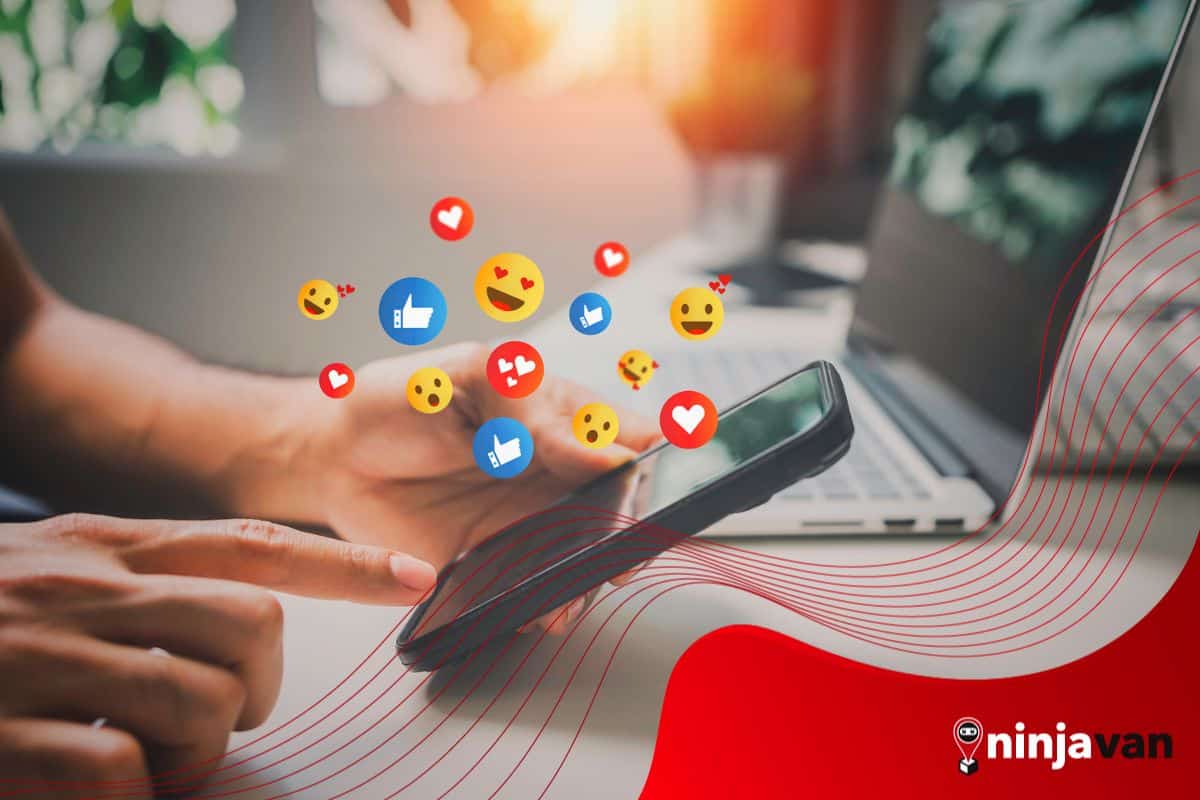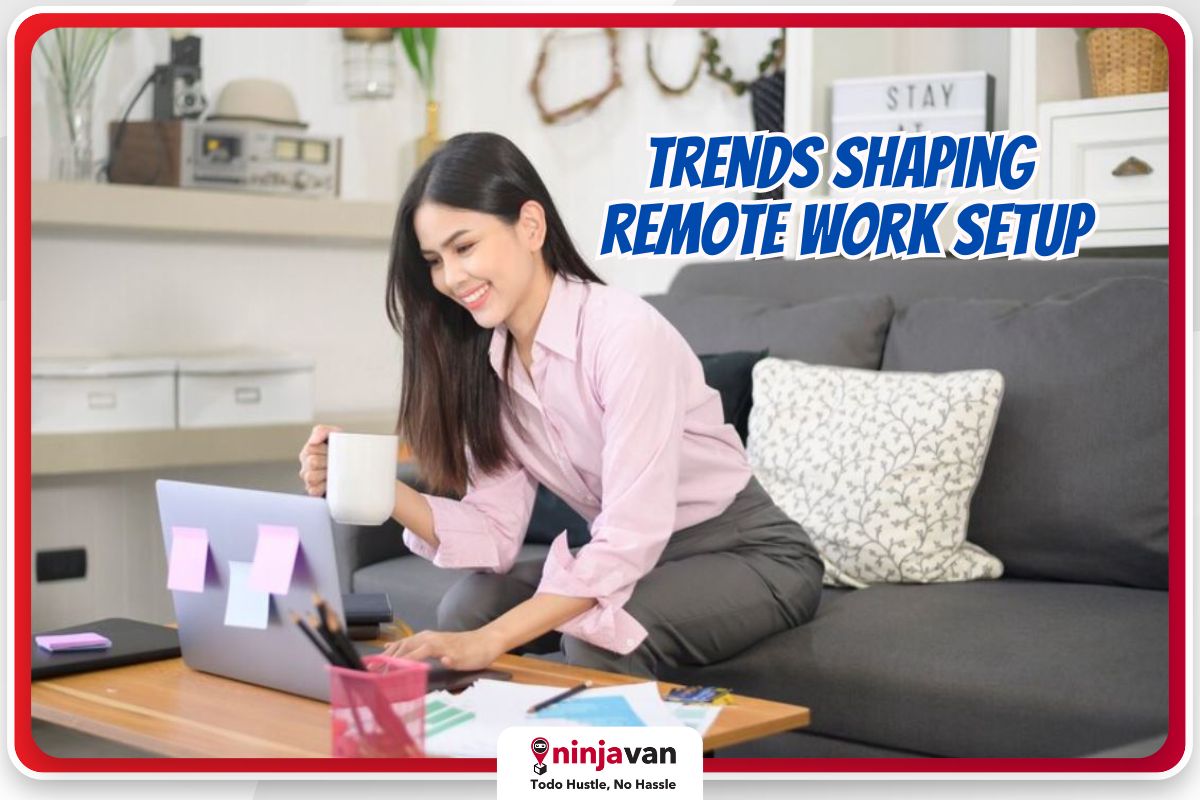The world changed almost overnight with the spread of Covid-19 in 2020, and everyone thought it would only last a couple of months.
Lockdowns and community quarantines were strictly enforced, supermarket aisles swept empty, and the streets looked like scenes from a post-apocalyptic movie. The sudden restrictions quickly transitioned offices into work-from-home setups, and planned social gatherings were cancelled — dates, family reunions, concerts, even weddings.
People turned to social platforms to find information or get in touch with family and friends. The pandemic also accelerated social media trends that changed how people consumed information.
Social media in pandemic: a crucial role
Can you imagine living in the time of Covid 20 years ago without social media?
With many locked inside their homes for months, social media enjoyed exponential growth from 2019 to 2021. On the global data from Statista from 2021, Tiktok had the highest monthly user increase at 38%, followed by Pinterest and Reddit. Facebook was fourth with 19%.
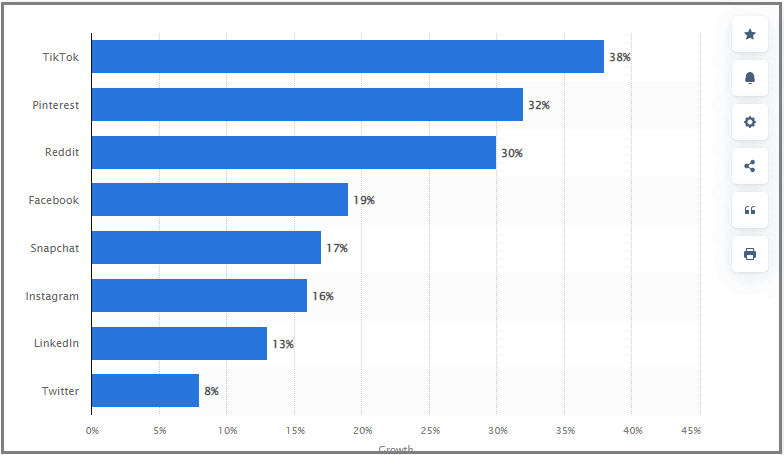
in 2021 (Source: Statista)
In the Philippines, however, Facebook remained king. The platform is still the easiest and cheapest to access for many Filipino users. Mobile networks also offer it for free as part of the data plan so users can post and browse without extra charge.
As of the third quarter of 2021, Facebook was the most used social media platform in the country with 96.2% of internet users accessing it. Followed by Facebook Messenger (94.4%), Instagram (75.7%), and TikTok in fourth place (59.2%).
People used social media for different reasons, but the most common were:
To find information

Image from Getty Images
While conspiracies and fake information cluttered our social feeds, people still relied on these platforms for news and updates about the rising Covid cases, government advisories and the neverending alphabetical evolution of community quarantines.
Media outlets, government entities and local governments have social media presence on Facebook, making it a one-stop-shop for all information about Covid and more.
Social media also gave users the freedom to air their opinions. These opinions (whether valid or not) helped shape many pandemic measures because they kept health and government officials in check.
To connect with family and friends

Many workers in Metro Manila had families in provinces, and they couldn’t go back home due to lack of transportation and many cities around the country in lockdowns.
Eventually, many would temporarily return to their home provinces while they’re allowed remote work. But in the first few months, many were away from loved ones and physically cut off from friends. Facebook was a way to stay connected and keep each other updated.
For entertainment

Locked inside homes, bored and at their wits’ end, people had social media for loyal companions. Precisely why Tiktok became very popular.
Other than watching videos to find entertainment, many also created their own. TikTok, for its easy-to-use platform, allowed almost anyone to record, edit and upload videos of them dancing, imitating celebrities and creating memes. Filipinos love TikTok so much they created many trends that went viral.
For online shopping
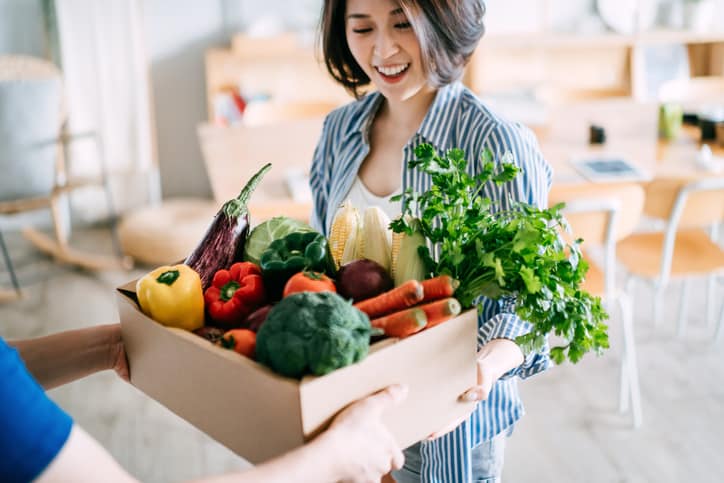
their social media. Image from Getty Images
Yes, social media played a big part in the online shopping boom during the pandemic. Those who needed new income sources turned to selling on their Facebook and Instagram pages — food, medical supplies, face masks and face shields and other daily necessities.
And since people couldn’t go out, they were thankful for these online business.
Until now, people still turn to their social media to start their small businesses. Even TikTok joined the bandwagon and has since launched TikTok shopping.
How the pandemic influenced social media trends
The quarantine increased everyone’s time on social media, no doubt. And how people consumed social media during the crisis brought in new trends.
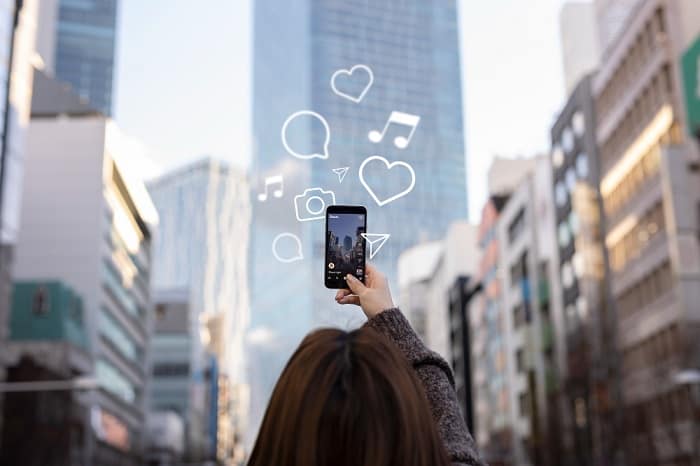
are here to stay. Image from Freepik
These three trends are expected to stay for a while as users have become used to them and expect platforms, creators and even online marketers to either keep going or innovate further.
1. Videos became (content) king
TikTok, in particular, enjoyed huge audiences due to the pandemic. The videos were snackable, funny and took people’s minds off their daily worries.
Other than that, video marketing by brands was also a hit with users. Who can forget those weird RC Cola ads? It earned mixed feedback, but people were talking about the brand, which has been at the bottom of the cola wars ever since we can remember!
Online users also consumed self and skills-improvement videos, like cooking, baking and DIY projects at home. This gave birth to many home businesses contributing to the ecommerce boom.
Video is now the most popular type of content; it has been for the last few years, and users are still asking for more. And as an online brand, you should leverage that.
2. Users craved more authentic content
As people were stuck at home, there was high anxiety, fear of the future and isolation. Social media became a refuge, a place to find authentic, relatable content.
There was also a demand for credible information about the virus amid misinformation and confusion. Facebook added a banner under posts about the virus, urging users to visit their Covid-19 Information Center for credible resources. YouTube and Other popular platforms like Twitter, Instagram and TikTok also added reminders to their content.
Even with snackable videos, people didn’t just want laughs and entertainment, they also turned to real stories and useful content to help them cope and survive.
Remember this when launching your brand campaigns on social media today. Make sure to give your target market authenticity so you can win their trust and brand loyalty.
3. Marketers realized the power of influencer marketing
Influencer marketing also got increased attention during the pandemic, as marketers realized influencers could really make their brand and content stand out.
The video consumption growth was part of this. Users prefer to watch video ads and vlogs over reading long text about a company or product. Influencers have thousands or millions of followers; an unboxing video, product vlog and Instagram post can earn views and go viral in seconds.
Followers are not just fans; these are consumers who find the influencers relatable and feel a personal connection to them.
Influencers also experience the product or service themselves, in contrast to the traditional brand endorsements by celebrities. And so their followers regard sponsored recommendations as genuine and trustworthy. Remember authenticity?
What’s next in social media trends?

Internet trends come and go, but these three social media trends will stick around even as the pandemic continues to ease out of our lives.
- First, videos cater to the decreasing attention span of online users.
- Second, smart social media users have learned to sift through what is real and what is fake.
- And last, the quality of influencers can only improve with customers demanding more than just glossy endorsements, but an authentic product experience.
If you’re a business owner or marketer, take note of these and other emerging trends to make the most of your social media strategy.

